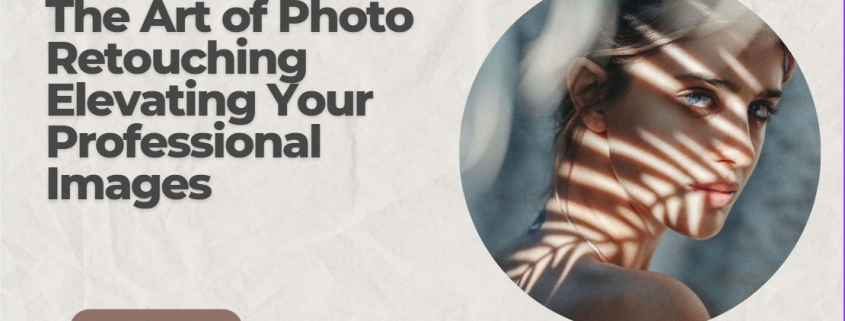How Light and Shadow Photography Can Transform Your Images
Introduction to Light and Shadow Photography
As a photographer, you are always looking for ways to transform your images and create something unique. One technique that can help you achieve this is light and shadow photography. This style of photography focuses on the interplay between light and dark, and the way shadows can enhance the mood and composition of a photograph.
Contents
- 1 Understanding the Importance of Light and Shadow in Photography
- 2 Techniques for Capturing Shadow Pictures
- 3 Creative Ideas for Incorporating Shadows in Photography
- 4 Tips for Creating Stunning Shadow Headshots
- 5 Light and Shadow Photography Ideas for Beginners
- 6 Advanced Techniques for Mastering Light and Shadow Photography
- 7 Equipment Recommendations for Light and Shadow Photography
- 8 Editing Tips for Enhancing Light and Shadow in Your Images
- 9 Conclusion: How Light and Shadow Photography Can Transform Your Work
Understanding the Importance of Light and Shadow in Photography
Light and shadow are essential elements of photography. They can add depth, texture, and contrast to your images, and help you create a more dynamic composition. Understanding how to use light and shadow effectively can take your photography to the next level.
One way to think about light and shadow is to consider the direction of the light source. Front lighting, where the light comes from behind the photographer, can create a flat image with little depth or contrast. Backlighting, where the light comes from behind the subject, can create a dramatic silhouette effect. Side lighting, where the light comes from the side of the subject, can create interesting shadows and highlights.
Techniques for Capturing Shadow Pictures
One of the most effective ways to capture shadow pictures is to use natural light. Look for interesting patterns of light and shadow, such as the way light filters through leaves or reflects off a surface. You can also experiment with artificial light sources, such as lamps or flashlights, to create unique shadow effects.
Another technique for capturing shadow pictures is to play with the exposure settings on your camera. Adjusting the aperture, shutter speed, and ISO can help you create a more dramatic or subtle effect with the shadows in your image. You can also use post-processing techniques, such as dodging and burning, to enhance the shadows in your photograph.
Creative Ideas for Incorporating Shadows in Photography

There are many creative ways to incorporate shadows in your photography. For example, you can use shadows to create interesting patterns or textures in your image. You can also use shadows to frame your subject, or to add a sense of mystery or drama to your photograph.
One idea for incorporating shadows in your photography is to experiment with negative space. Negative space refers to the area around your subject, and using shadows to create negative space can help draw the viewer’s eye to the main focus of your image. You can also use shadows to create interesting reflections or to add depth to your photograph.
Tips for Creating Stunning Shadow Headshots
Shadow headshots can be a unique and creative way to capture a portrait. To create a stunning shadow headshot, start by finding a light source that creates interesting shadows on your subject’s face. You can experiment with different angles and positions to find the most flattering effect.
Another tip for creating stunning shadow headshots is to use a reflector or fill light to balance out the shadows. This can help prevent the shadows from being too harsh or unflattering. You can also use post-processing techniques, such as selective color or black and white, to enhance the mood and composition of your shadow headshot.
Light and Shadow Photography Ideas for Beginners
If you’re new to light and shadow photography, there are many ideas and techniques you can experiment with. One idea is to start by practicing with natural light, such as the way light filters through a window or reflects off a surface. You can also experiment with different lighting setups, such as using a flashlight or lamp to create interesting shadows and highlights.
Another idea for beginners is to start with simple compositions, such as using shadows to frame your subject or create negative space. As you become more comfortable with light and shadow photography, you can start to experiment with more complex compositions and techniques.
Advanced Techniques for Mastering Light and Shadow Photography
For more advanced photographers, there are many techniques you can use to master light and shadow photography. One technique is to experiment with different light sources, such as using colored gels or multiple light sources to create unique effects. You can also experiment with different lenses and filters to create interesting distortions and patterns.
Another advanced technique for mastering light and shadow photography is to use multiple exposures. This involves taking multiple images with different exposure settings, and then blending them together in post-processing to create a more dynamic and dramatic image.
Equipment Recommendations for Light and Shadow Photography
To get started with light and shadow photography, you don’t need a lot of equipment. A camera with manual exposure settings and a basic lens is sufficient. However, there are some additional tools that can help you create more dramatic and creative images.
One essential tool for light and shadow photography is a tripod. This can help you stabilize your camera and take sharp images, even in low light. You may also want to invest in a reflector or fill light to balance out the shadows in your image.
Editing Tips for Enhancing Light and Shadow in Your Images
Post-processing can be an important part of light and shadow photography. Editing can help you enhance the mood and composition of your image, and bring out the details in the shadows.
One editing tip for enhancing light and shadow in your images is to use the Levels or Curves tool in your editing software. This can help you adjust the brightness and contrast of your image, and bring out the details in the shadows. You can also experiment with selective color or black and white to enhance the mood and composition of your image.
Conclusion: How Light and Shadow Photography Can Transform Your Work
Light and shadow photography can be a powerful tool for transforming your images and creating something unique. By understanding the importance of light and shadow in photography, and experimenting with different techniques and compositions, you can take your photography to the next level. Whether you’re a beginner or an advanced photographer, there are many ideas and tools you can use to master light and shadow photography and create stunning images.





Leave a Reply
Want to join the discussion?Feel free to contribute!